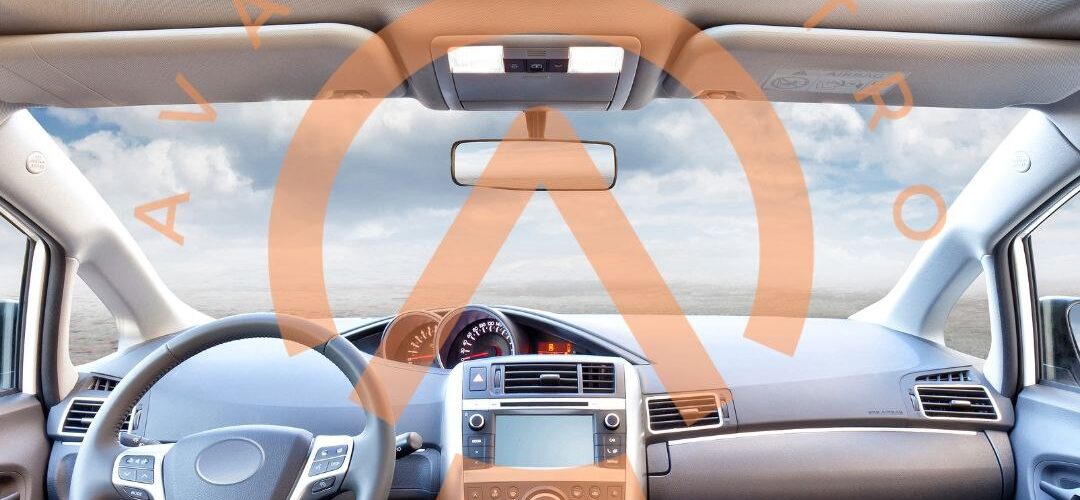What is the Best Plastic Choice for Car Interior Trim Production?
Introduction
When it comes to designing car interiors, manufacturers have a wide range of materials at their disposal. Among these, plastic stands out as one of the most popular choices for car interior trim production. This article will explore the various types of plastics used in the automotive industry and delve into the factors that make them the best choice for car interior trim. From durability and cost-effectiveness to aesthetics and environmental considerations, we will examine why specific types of plastics are favored over others for crafting the interior components of modern vehicles.
1. Understanding the Importance of Car Interior Trim
Before delving into the various plastic choices available, let’s understand the significance of car interior trim. The interior trim includes all the non-structural components found inside a vehicle, such as dashboard panels, door panels, center consoles, and other decorative elements. Apart from enhancing the visual appeal of the car, interior trim also plays a crucial functional role by covering internal wirings and providing a comfortable and safe environment for passengers.
2. The Types of Plastics Used in Car Interior Trim Production
2.1 Polypropylene (PP)
Polypropylene is a widely used thermoplastic polymer in the automotive industry. It offers an excellent balance between cost-effectiveness, durability, and versatility. Manufacturers often choose polypropylene for producing interior trim parts due to its lightweight nature, which contributes to overall fuel efficiency.
2.2 Acrylonitrile Butadiene Styrene (ABS)
ABS is another popular plastic choice for car interior trim due to its exceptional impact resistance and strength. It is commonly utilized for crafting interior components that require added toughness, such as dashboard panels and storage compartments.
2.3 Polyurethane (PU)
Polyurethane is valued for its ability to simulate the look and feel of genuine leather and other premium materials. Car interior components made from polyurethane provide a touch of luxury while remaining cost-effective.
2.4 Polycarbonate (PC)
Polycarbonate is renowned for its high optical clarity and resistance to shattering, making it an ideal choice for car interior trim parts like sunroof panels and instrument cluster covers.
2.5 Polyvinyl Chloride (PVC)
PVC is valued for its flexibility and ease of processing. It is often used in creating softer interior trim components such as seat covers, armrests, and door handle grips.
3. Factors that Make Plastic the Best Choice
3.1 Cost-Effectiveness
One of the primary reasons why plastic is preferred for car interior trim production is its cost-effectiveness. Plastic materials are generally more affordable than alternatives like metal or wood, allowing car manufacturers to keep production costs in check.
3.2 Design Flexibility
Plastics offer unparalleled design flexibility, enabling car designers to create intricate and stylish interior trim components. From sleek contours to unique textures, plastic opens up a world of possibilities in car interior aesthetics.
3.3 Durability and Longevity
Modern plastics are engineered to be highly durable, ensuring that car interior trim parts can withstand the rigors of daily use. With excellent resistance to wear, tear, and exposure to various environmental elements, plastic ensures the longevity of interior components.
3.4 Weight Reduction
Weight reduction is a key factor in automotive design, as it directly impacts fuel efficiency and overall performance. Plastic materials, being lightweight, help in achieving better fuel economy without compromising on safety and performance.
3.5 Eco-Friendly Options
Several plastic materials used in car interior trim production are now available with eco-friendly formulations. Recycled plastics and bio-based plastics contribute to sustainable manufacturing practices, reducing the environmental impact of the automotive industry.
4. Conclusion
In conclusion, choosing the best plastic for car interior trim production is essential for achieving the perfect balance between aesthetics, functionality, and cost-effectiveness. The versatility, durability, and design possibilities offered by various plastic materials make them the top choice for interior components in modern vehicles. Moreover, the trend towards eco-friendly plastics aligns with the automotive industry’s growing commitment to sustainability.
FAQs
1. Are there any other materials used for car interior trim besides plastic?
While plastic is the most common material, other options include leather, fabric, and natural wood trim.
2. How does plastic compare to metal in terms of weight for interior trim parts?
Plastic is significantly lighter than metal, making it a preferable choice for weight-conscious car designs.
3. Can plastic interior trim components be easily replaced in case of damage?
Yes, plastic interior trim components are generally designed for easy replacement and can be installed without extensive labor.
4. Do plastic interior trim components require special care and maintenance?
Plastic interior trim parts are relatively low-maintenance and can be cleaned using mild soap and water.
5. What is the future of sustainable materials in car interior trim production?
The automotive industry is actively exploring more sustainable materials, and we can expect to see further advancements in eco-friendly plastics and other renewable options.

